Some journeys stay with you longer than others. Some change the way you see the world. Trekking to see the mountain gorillas fits both of these categories.
It certainly is one of the most powerful wildlife experiences on the continent, not just for the thrill of encountering such intelligent, charismatic creatures in their natural habitat, but because of the story behind their survival and the conservation success story the region can now tell.
High in the misty mountains of East Africa, across the slopes of Uganda, Rwanda and the eastern Democratic Republic of Congo, lives one of the world’s rarest and most remarkable primates. The mountain gorilla is a subspecies of the eastern gorilla, found only in two isolated populations: the Virunga Massif (which spans all three countries) and Uganda’s Bwindi Impenetrable Forest. These dense, montane habitats are among the most biodiverse on the planet; places of cloud forest, silence and – now – resilience.
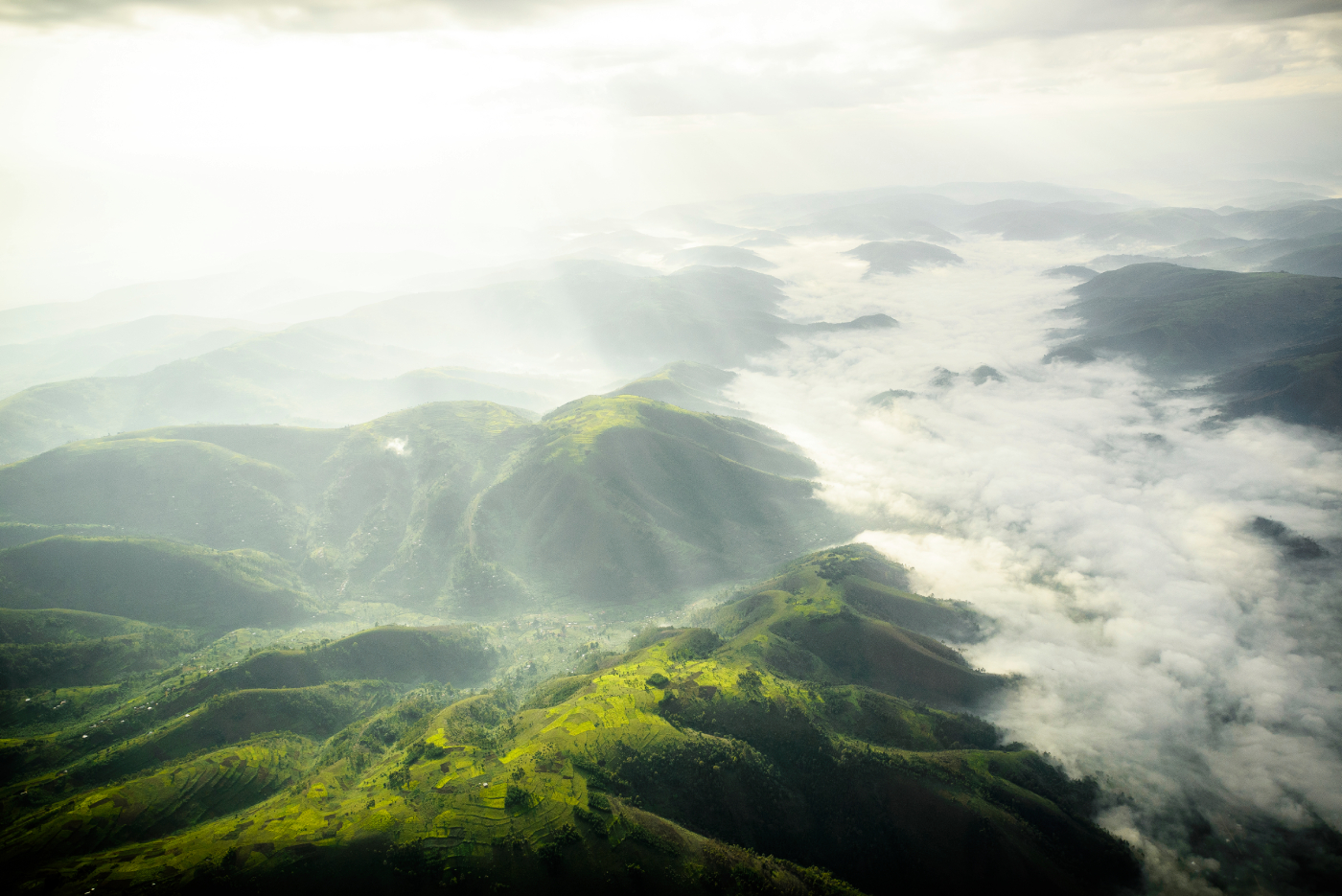
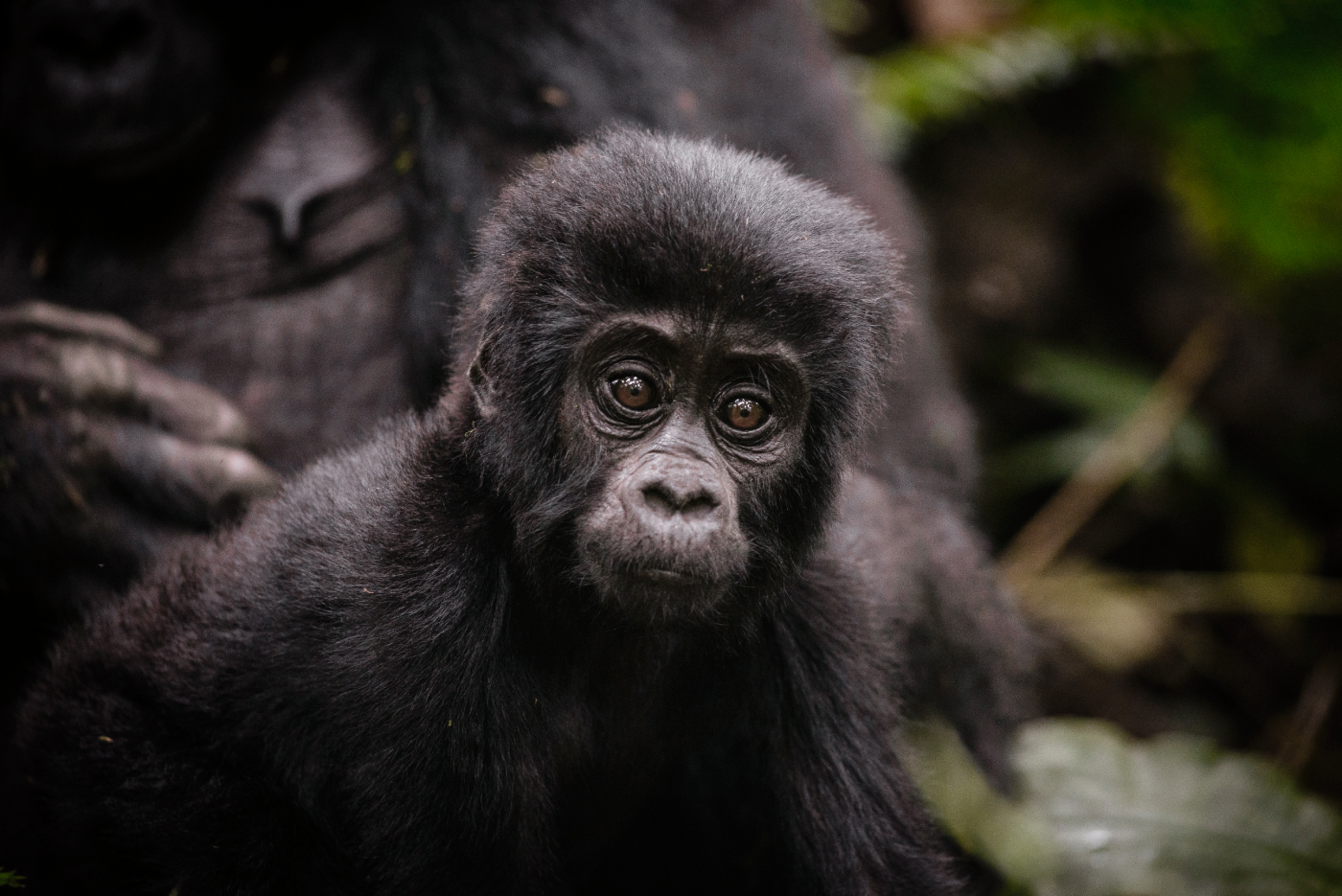
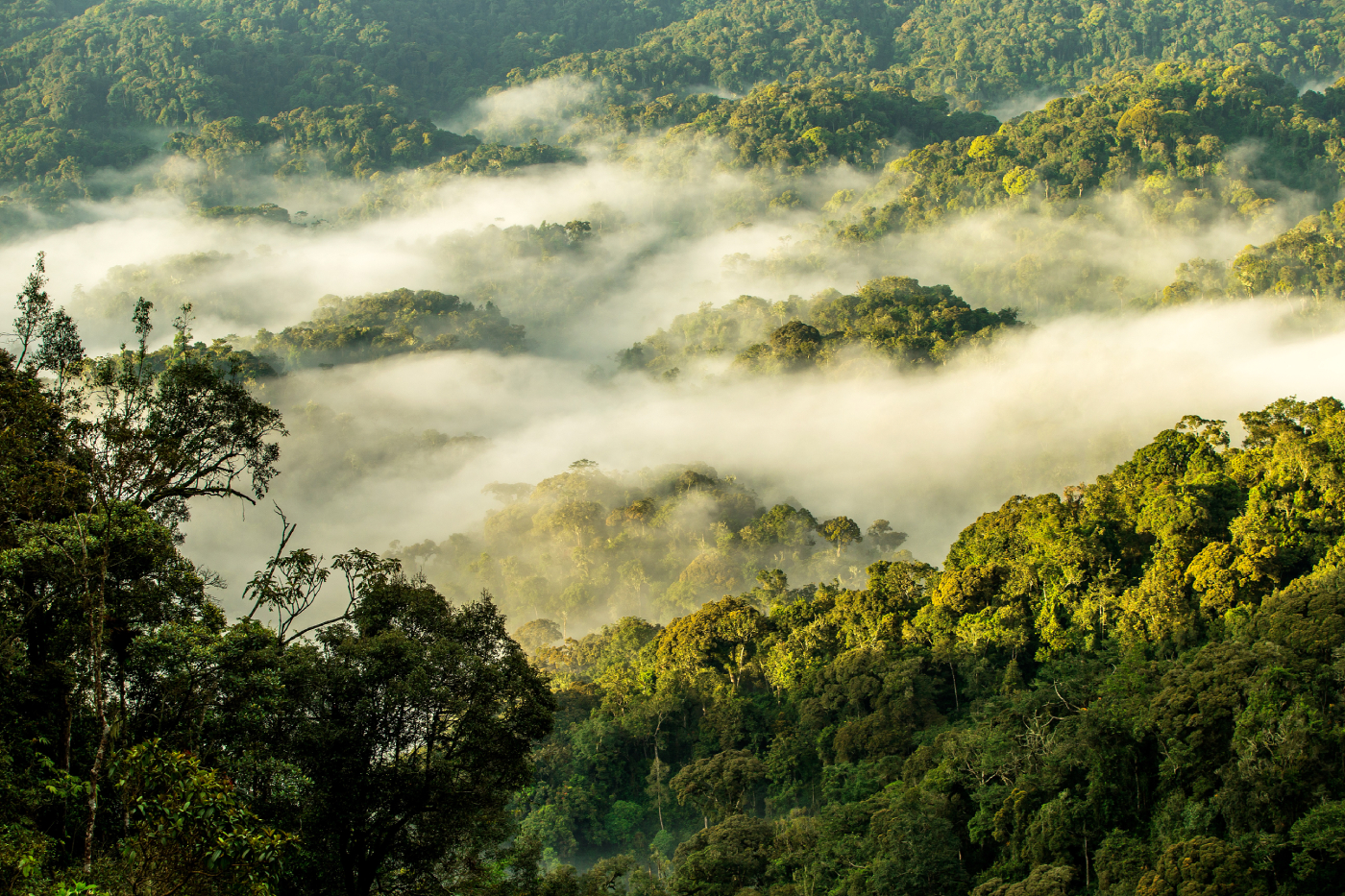
Rwanda’s revenue-sharing program, which channels 10% of tourism income into local schools, clinics, and infrastructure, has turned neighboring communities into vital partners in conservation. Tourism funds 70–80% of gorilla conservation efforts in Rwanda and Uganda, generating millions annually to protect these gentle giants. Dozens of gorilla babies are born each year, each birth meticulously monitored by dedicated teams. The Ellen DeGeneres Campus of the Dian Fossey Gorilla Fund, opened in Rwanda in 2022, trains a new generation of African conservationists, researchers, and guides, ensuring local leadership in this ongoing mission.
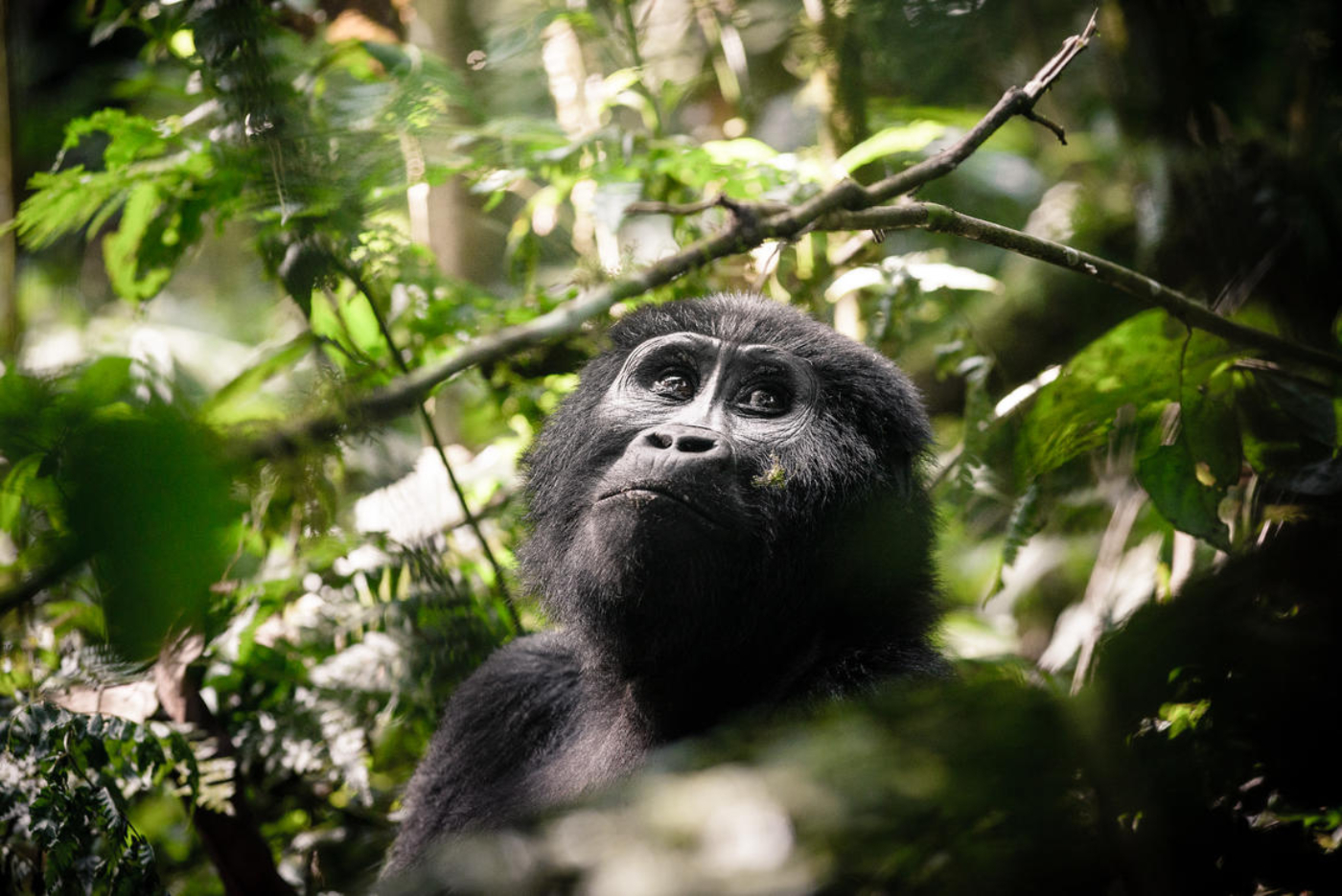
And for those who travel to see the gorillas, the experience is intimate, humbling and unforgettable. The damp smell of the forest, the soft crunch of foliage underfoot, the moment a gorilla meets your gaze and holds it; curious, calm, almost human. It’s a privilege – but one that we think comes with responsibility – to help continue the work that has been done so far.
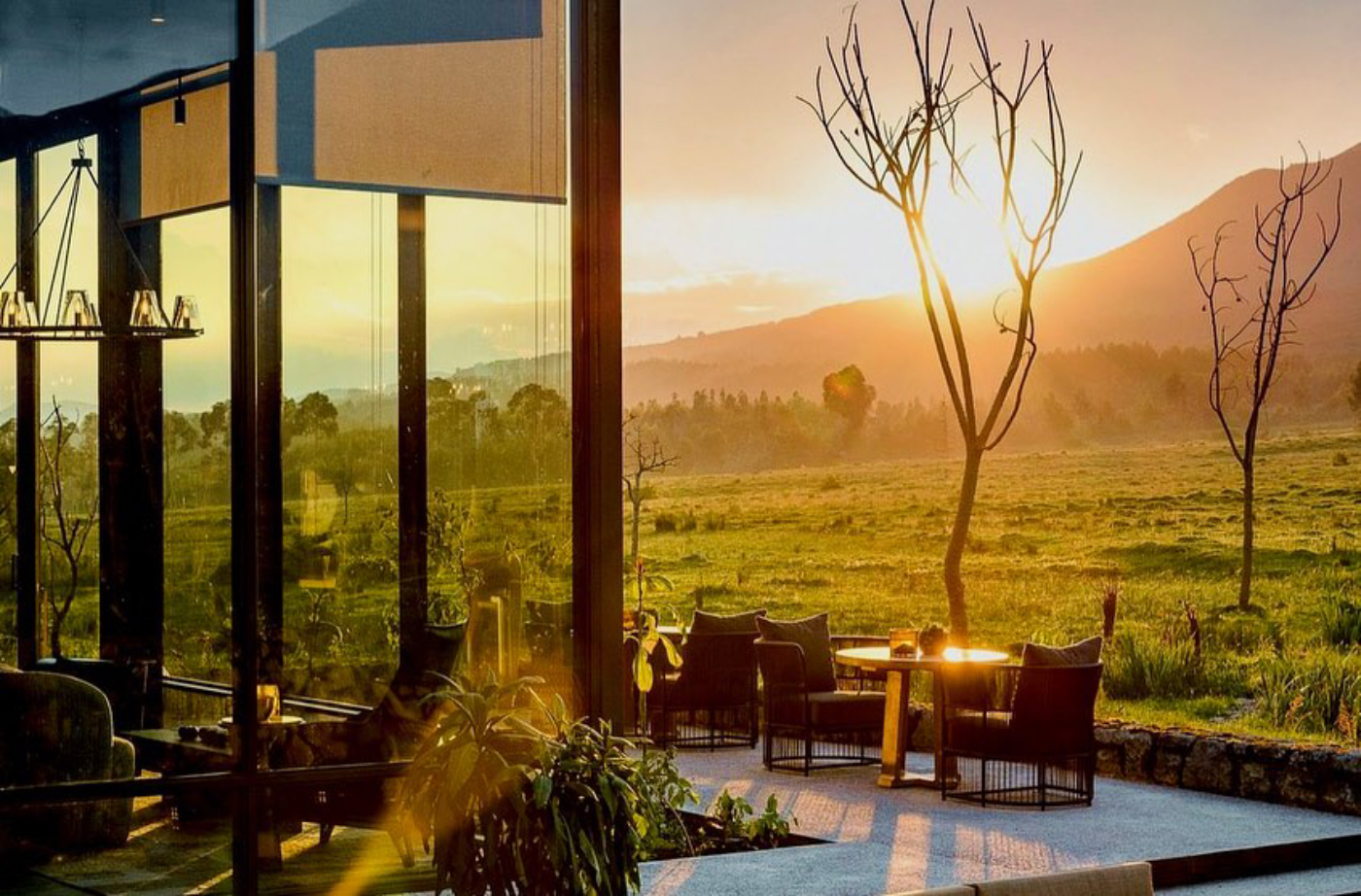
Image credits: A&K Sanctuary, One & Only, Singita, and Wilderness Destinations.
Gorilla conservation is one of Africa’s most compelling conservation success stories. It’s also a reminder that travel can be more than just about experiences, it can be the impetus of great impact.
At AMADI, we believe in experiences that are grounded in care; for the landscape, for the people and for the wildlife that call these forests home. Ours are journeys that take you into the heart of something extraordinary and, hopefully, leave you – and the destination – changed for the better.